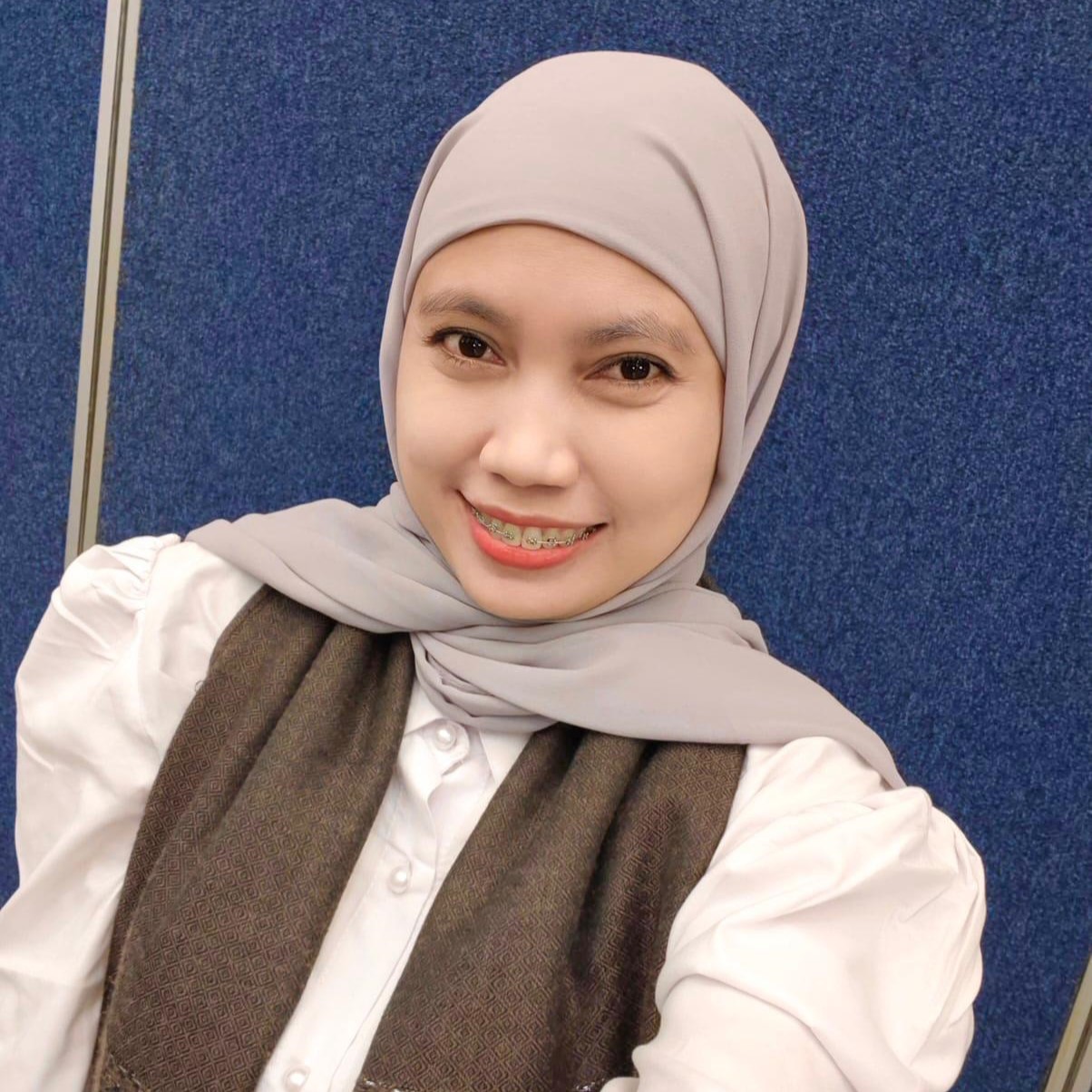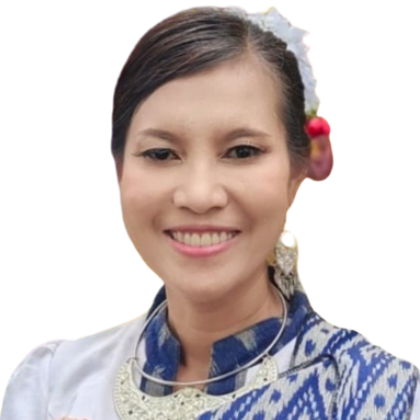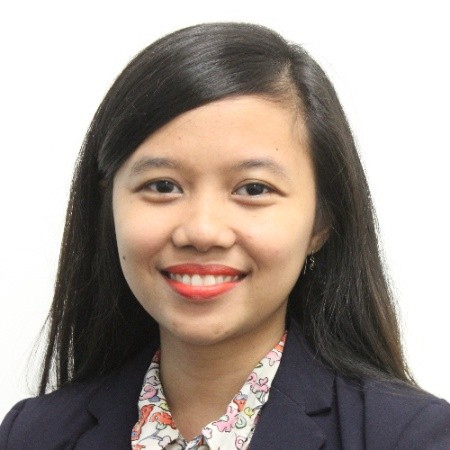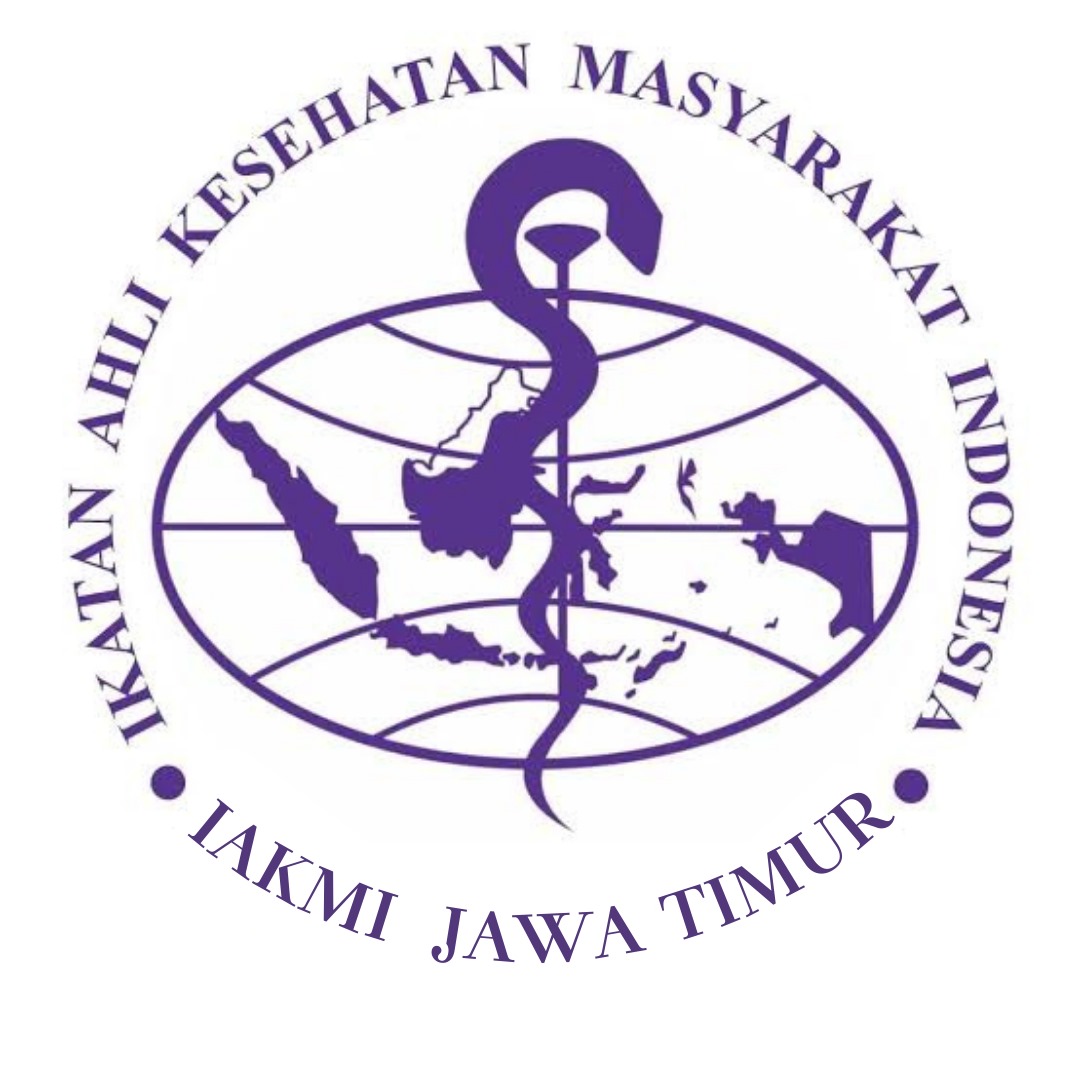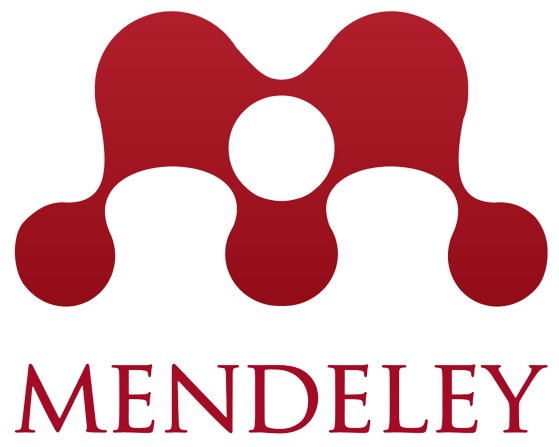Risk Assessment of Medical Solid Waste Management Gambiran Public Hospital Kediri City
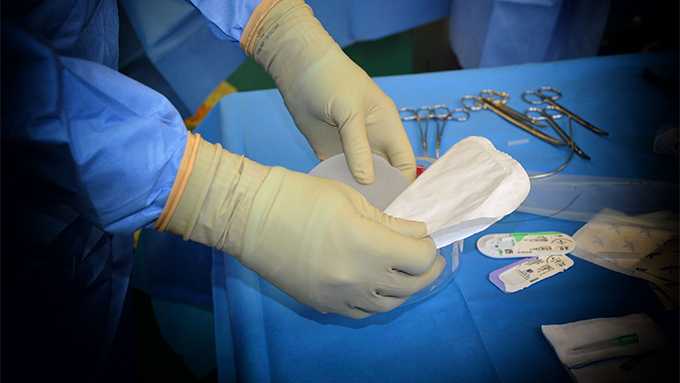
Downloads
Background:Hospital waste is waste generated from hospital activities and other supporting activities that could have an impact on public health and the surrounding environment. Problems that occurs due to medical solid waste which oftenly unseparated resulting in the occurrence of occupational disease and work-related accidents.
Objectives: The aim of this research is targeting the implementation of risk assessment of medical solid waste management at Gambiran Public Hospital, Kediri City.
Methods:This study is a descriptive study with quantitative methods applying cross sectional design. The study was held at Gambiran Public Hospital on July 4th - August 5th 2022.
Results: This results showed that the dangers of the medical solid waste management process at Gambiran Public Hospital, Kediri City, originate from collecting activities, sorting medical solid waste towards waste transportation, including needle punctured, contact with infectious materials and chemicals, inappropriate work postures such bending, squatting, lifting excess weight, as well as performing repetitive work. Other sources of threat arise from environment or construction including uneven pathways and slippery floors
Conclusions:Based on the result of the medical solid waste management risk assessment, Gambiran Public hospital, Kediri City has a high risk of low back pain, back pain, hand pain, as well as being infected with infectious disease as an outcome of needle punctured accident.
Asmadi (2013). Pengelolaan Limbah Medis Rumah Sakit. Yogyakarta: Gosyen Publishing.
AS/NZS 4360:2004 (2004) ‘Australian/New Zealand Standard Risk MAnagement', Australian Standards / New Zeland Standards 4360:2004 [Preprint].
Damanik, Y.S. and Bahri, K. (2020) ‘Hubungan Pengetahuan Pegawai Dengan Pemilahan Limbah Padat Di Rumah Sakit Umum Sembiring Tahun 2019', Jurnal Penelitian Kesmasy, 2(2), pp. 68–72. doi:10.36656/jpksy.v2i2.197.
Ilmi, A., Prasetya, N. and Juliardi, R. (2022) ‘Analisis Pengendalian Risiko Kecelakaan Kerja dengan Metode HIRARC pada Pengelolaan Limbah Medis Rumah Sakit Kelas B di Kabupaten Sidoarjo', 3(1), pp. 59–64.
Kesehatan Masyarakat, J., Pratiwi, D. and Maharani Pusat Layanan Kesehatan Unnes Semarang, C. (2013) ‘Kemas 9 (1) (2013) 74-84 Pengelolaan Limbah Medis Padat Pada Puskesmas Kabupaten Pati', 9(1428), pp. 74–84. Available at: http://journal.unnes.ac.id/nju/index.php/kemas.
Kinanti, D.W., Kusniati, R. and Handayani, H.D. (2021) ‘Pengelolaan Limbah Medis Rumah Sakit Gigi Mulut', Indonesian Journal of Dentistry, 1(1), pp. 8–13.
Nella, R., Febria, F.A. and Mahdi, M. (2022) ‘Analisis Pengelolaan Limbah Medis Padat pada Fasilitas Kesehatan Tingkat Pertama Kota Padang', JI-KES (Jurnal Ilmu Kesehatan), 5(2), pp. 210–220. doi:10.33006/ji-kes.v5i2.344.
Nilamsari, Neffrety. (2016). Ergonomi dan Faal Kerja. Surabaya: Universitas Airlangga.
Nurhayati, H. et al. (2021) ‘Pengelolaan limbah medis padat b3 di puskesmas perawatan betungan kota bengkulu tahun 2021 b3 solid medical waste management at the betungan care health center, bengkulu in 2021', Jurnal Imiah AVICENNA, 16(2), pp. 97–110. Available at: doi: https://doi.org/10.36085/avicenna.v16i2.1913.
Nur Shabrina, P.W (2022) ‘Original Article*) Analisis Kesesuaian Penerapan Keselamatan Dan Kesehatan Kerja Rumah Sakit Berdasarkan Peraturan Menteri Kesehatan Nomor 66 Tahun 2016 Tentang Keselamatan Dan Kesehatan Kerja Rumah Sakit Pada Rumah Sakit Anonim Tahun 2021', 02(03), pp. 581–589.
Prasetyo, M.H. and Hasyim (2022) ‘Nusantara Hasana Journal', Nusantara Hasana Journal, 1(11), pp. 22–32. Available at: http://nusantarahasanajournal.com/index.php/nhj/article/view/279.
Rahman, Z.F., Masruroh, N.L. and Tualeka, A.R. (2020) ‘Risk assessment, risk management, and risk communication in the carpet industry: Pt. "X” pandaan. East Jawa', Indian Journal of Forensic Medicine and Toxicology, 14(1), pp. 439–443. doi:10.37506/v14/i1/2020/ijfmt/192938.
Ramli, Soehatman (2010). Pedoman Manajemen Risiko dalam Perspektif K3 OHS Risk Management. Jakarta: Dian Rakyat.
Ratano, V. and Raharjo, M. (2019) ‘Evaluasi Pengelolaan Limbah Padat di RSUD Hj. Anna Lasmanah Banjarnegara', Media Kesehatan Masyarakat Indonesia, 18(3). doi:10.14710/mkmi.18.3.
Siddik, S.S. and Wardhani, E. (2019) ‘Pengelolaan Limbah B3 Di Rumah Sakit X Kota Batam', Jurnal Serambi Engineering, 5(1), pp. 760–767. doi:10.32672/jse.v5i1.1602.
Sukmawati, S. and Dahlan, M. (2022) ‘Pengelolaan Limbah B3 Medis Padat Di Masa Pandemi Covid-19 : Studi Kasus Rsud Polewali', Bina Generasi : Jurnal Kesehatan, 13(2), pp. 49–54. doi:10.35907/bgjk.v13i2.206.
Valonda, D. and Hermawati, E. (2022) ‘Hospital Solid Medical Waste Management During The Covid19 Pandemic at RSUD Koja Jakarta', pp. 14–20.
Copyright (c) 2023 doutti29 handra

This work is licensed under a Creative Commons Attribution-ShareAlike 4.0 International License.
Media Gizi Kesmas by Unair is licensed under a Creative Commons Attribution-ShareAlike 4.0 International License.
1. The journal allows the author(s) to hold the copyright and to retain the publishing right of the article without restrictions.
2. The legal formal aspect of journal publication accessibility refers to Creative Commons Attribution-Share-Alike (CC BY-SA).
3. The Creative Commons Attribution-Share-Alike (CC BY-SA) license allows re-distribution and re-use of a licensed work on the conditions that the creator is appropriately credited and that any derivative work is made available under "the same, similar or a compatible license”. Other than the conditions mentioned above, the editorial board is not responsible for copyright violations.


